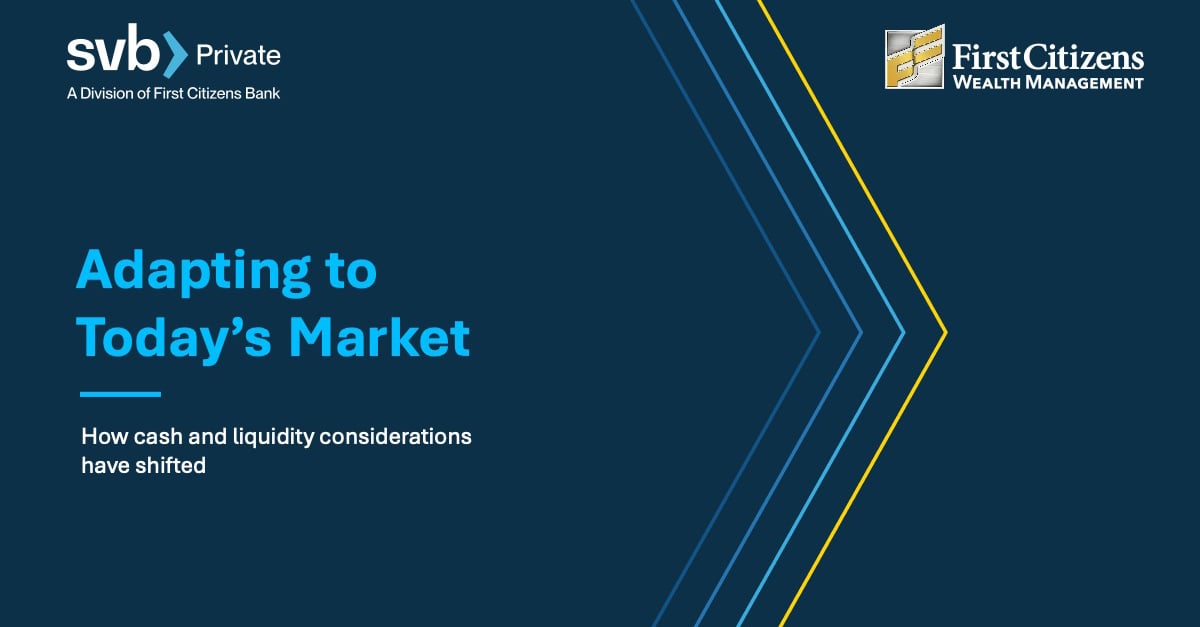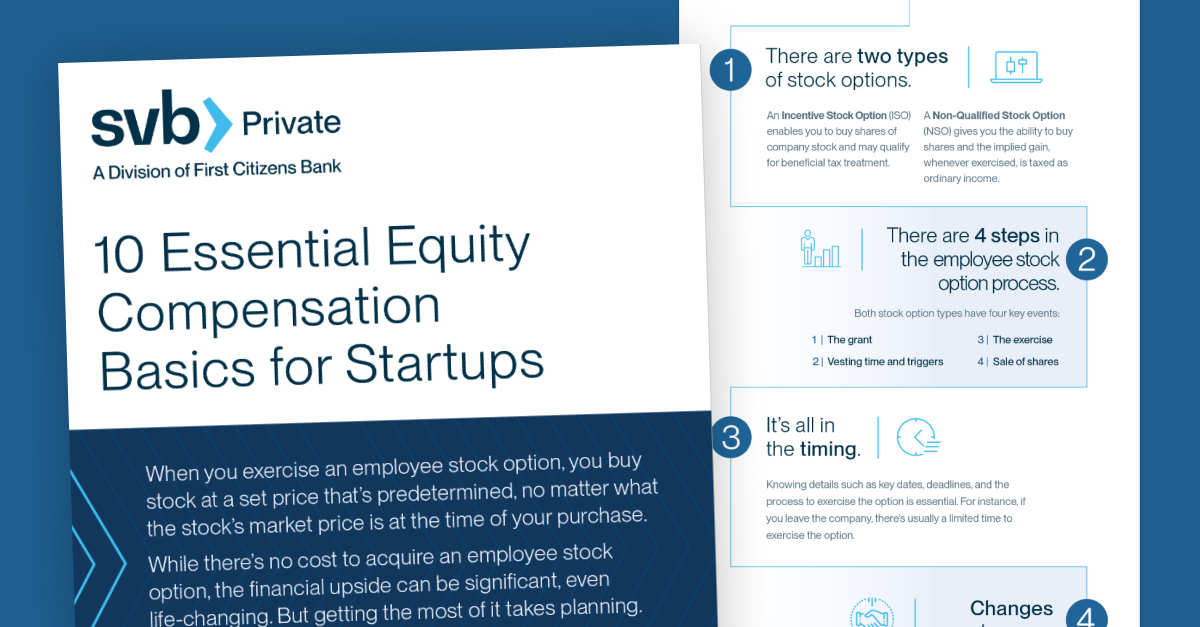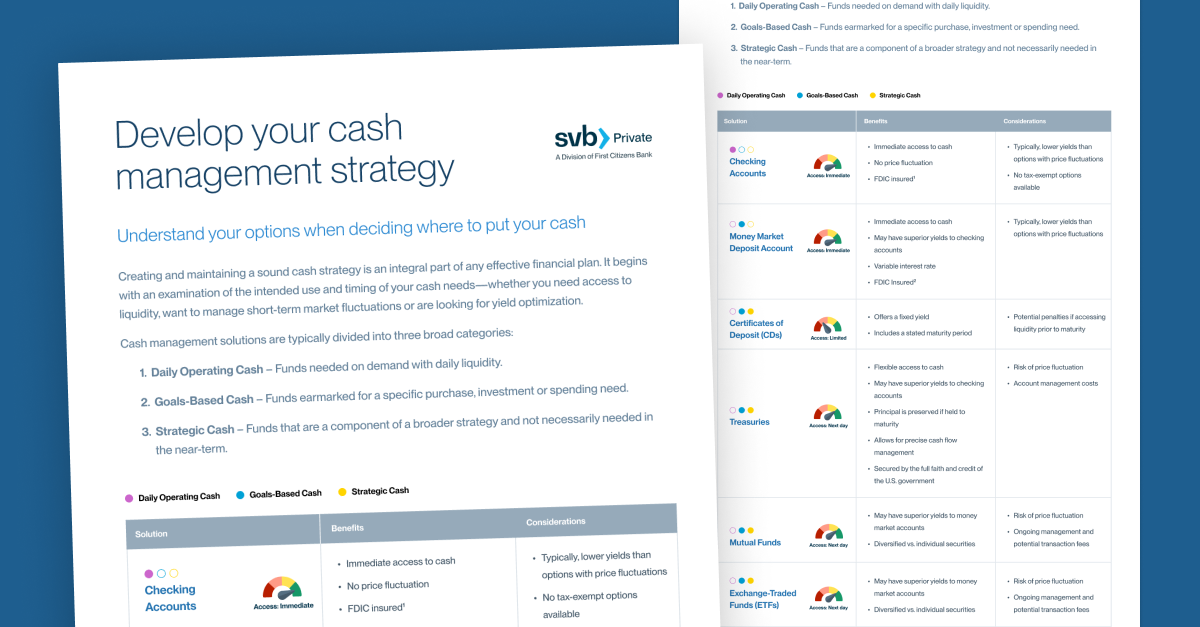Key takeaways
- Carried interest can be difficult to value and highly speculative, but it can also be worth a tremendous amount, which makes it great for advanced estate planning.
- IRS code greatly restricts your ability to gift carried interest, but you can avoid running afoul of it.
- You can help benefit your fund’s general partners by creating vertical slices and using carry derivatives.
Carried interest is a share of the profits earned from a private equity or venture capital fund’s investments and is allocated to a fund’s General Partners (GPs). It’s a form of compensation provided to fund managers for their services. The share of the profits is provided once a predetermined minimum rate of return – a ‘hurdle rate’ – has been achieved.
While it’s difficult to value and can be highly speculative, carried interest has the potential to be worth a tremendous amount. As an example, if a GP is part of a $200 million fund with ‘2 and 20’ structure that achieves a 2.5X return, the carry could be worth $10 million to that GP. This makes it great for advanced estate planning – generational transfer and philanthropic planning alike – but it does come with certain limitations.
Section 2701 of the Internal Revenue Code greatly restricts the ability to gift carried interest to family members and still retain the underlying capital interest, or the amount committed by the GP to invest in the fund. This means that if a GP transfers their entire carried interest in the fund to their children, the entire interest, including the underlying capital investment shall be deemed to have been gifted.
The Value of the Vertical Slice
It is possible, however, to avoid running afoul of Section 2701 by creating a vertical slice. This is done by proportionately reducing each class of ownership interest in the fund.
For example, let’s say your capital commitment is $1 million and your carried interest is 20%. To gift half your carried interest, you must gift half the capital interest too. (Keep in mind that the giftee will be responsible for capital calls on the gifted portion if the fund requires additional capital.) Whether the gift is made directly to a trust or to an individual, it must be proportionate and will need to have an independent appraisal.
An easy way to manage the process is by putting the fund interests into a family limited partnership (FLP) or into a limited liability company (or LLC), and then transfer interests in the new entity. The gifts themselves can be made to either individuals or trusts that move the assets outside the estate. Before gifting, however, a valuation of the carried interest and capital must be done to determine the actual value of the gift; this can be costly and time consuming.
The Advantages of Carry Derivatives
Another creative strategy is to use carry derivatives for your estate planning. With a carry derivative, the contract amount determines how much will be paid into the fund at a future date. You can also stipulate a floor or hurdle return rate that must be exceeded before funds are due to the trust account.
While this can be an amazing estate planning tool, keep in mind the following:
-
-
- Review the operating agreement of the fund to determine which transfers, if any, are permissible.
- Borrowing against fund interests may be more challenging.
- Vesting restrictions may have a different treatment by the IRS.
- It may affect any management fee waivers that are in place.
-
Finally, remember to account for GP commitments paid after the time of the original gift.
To learn more, speak to an SVB Private wealth advisor today.
















